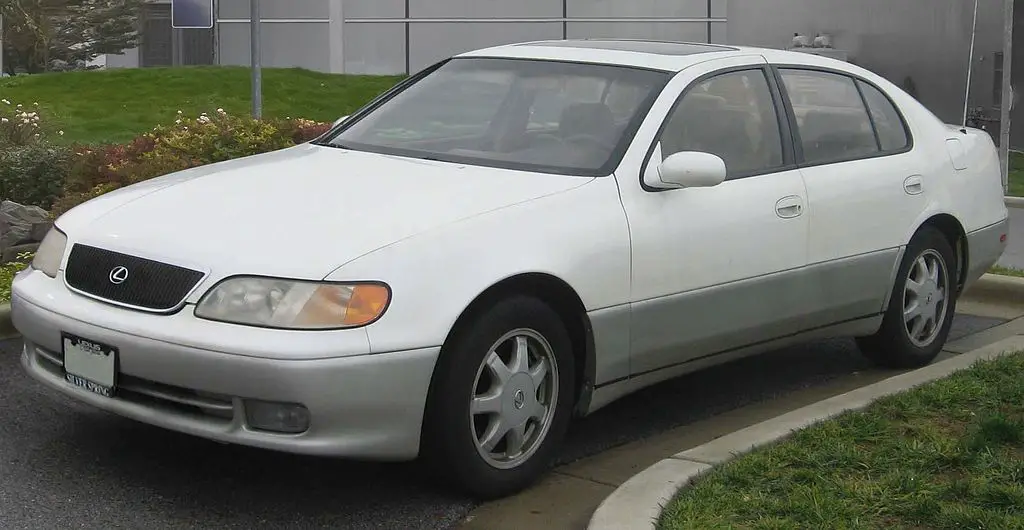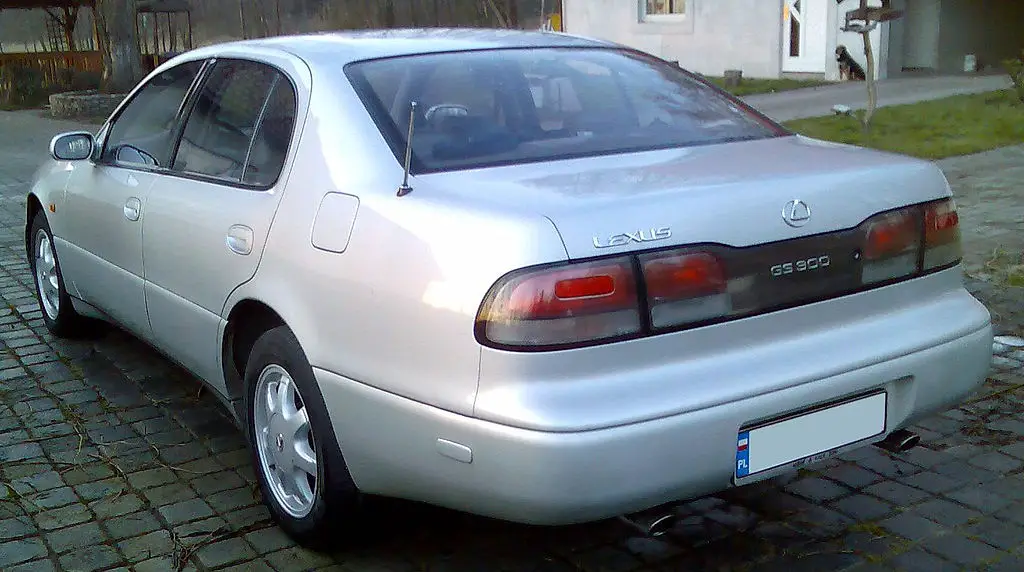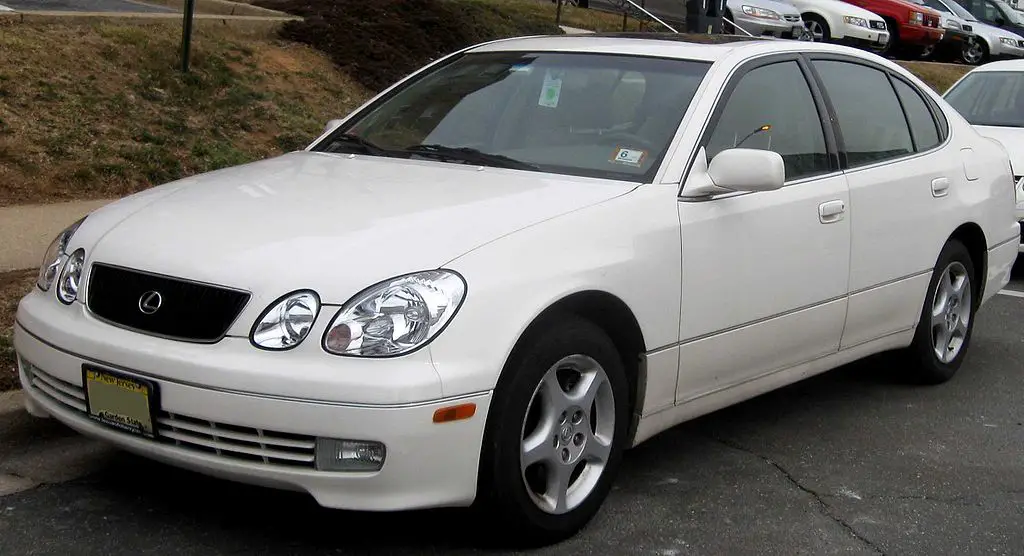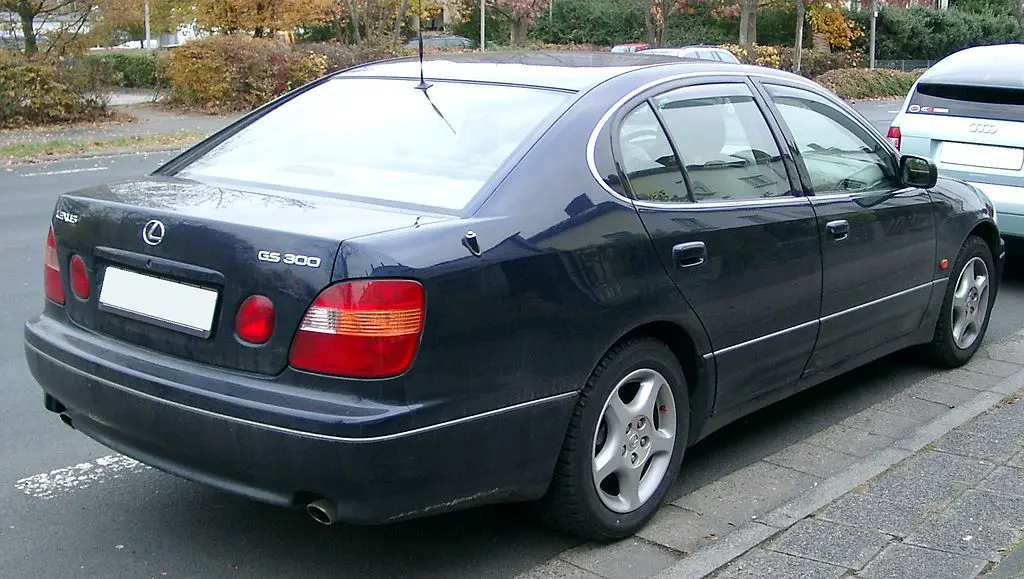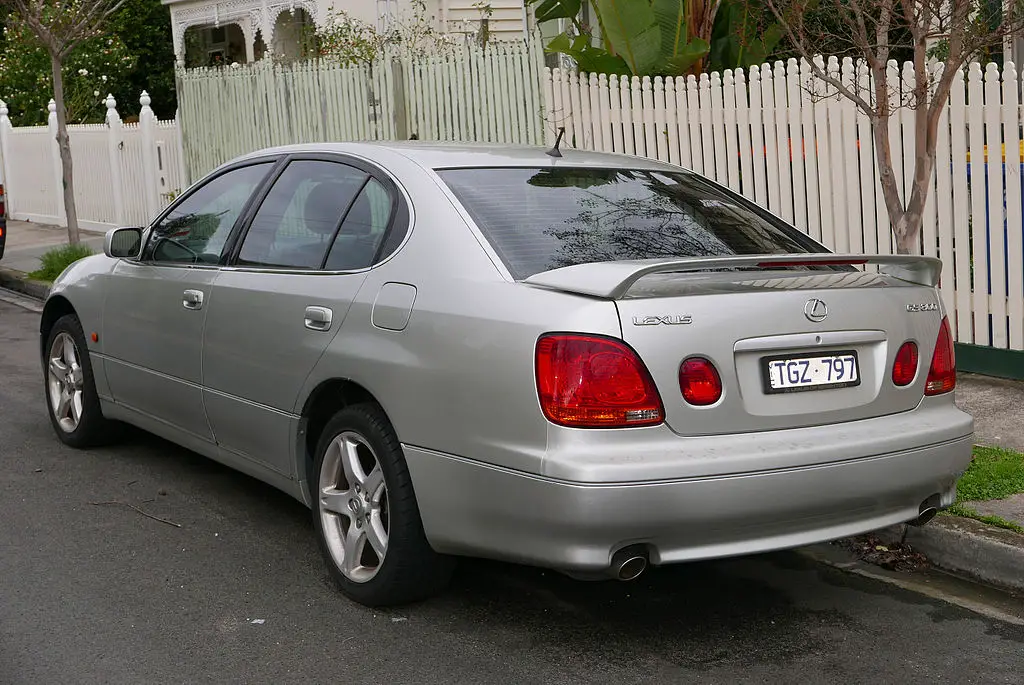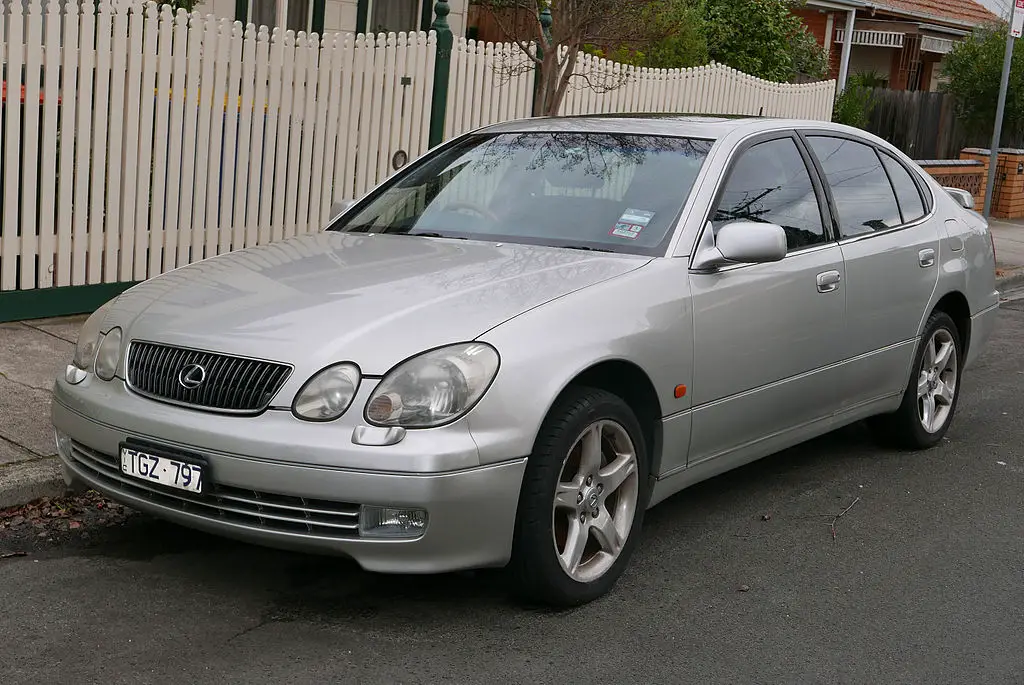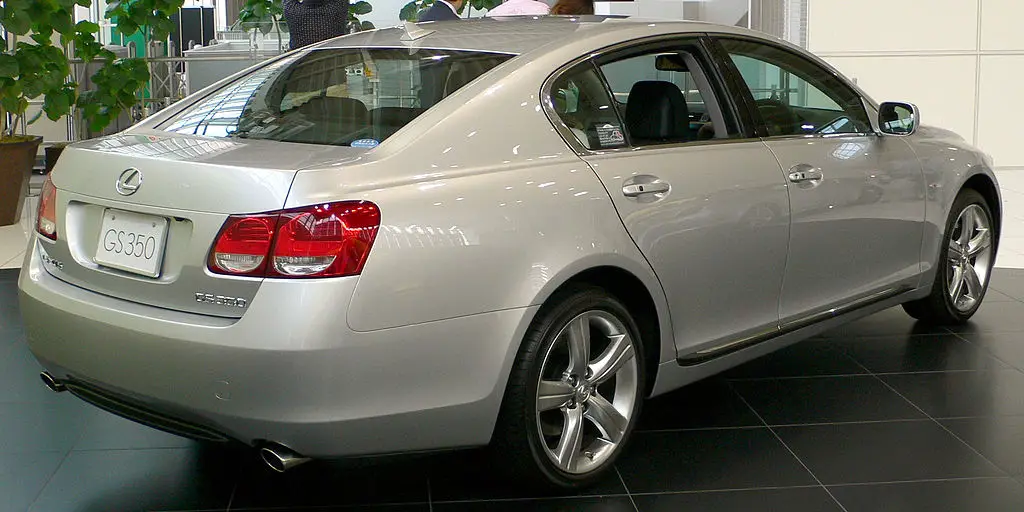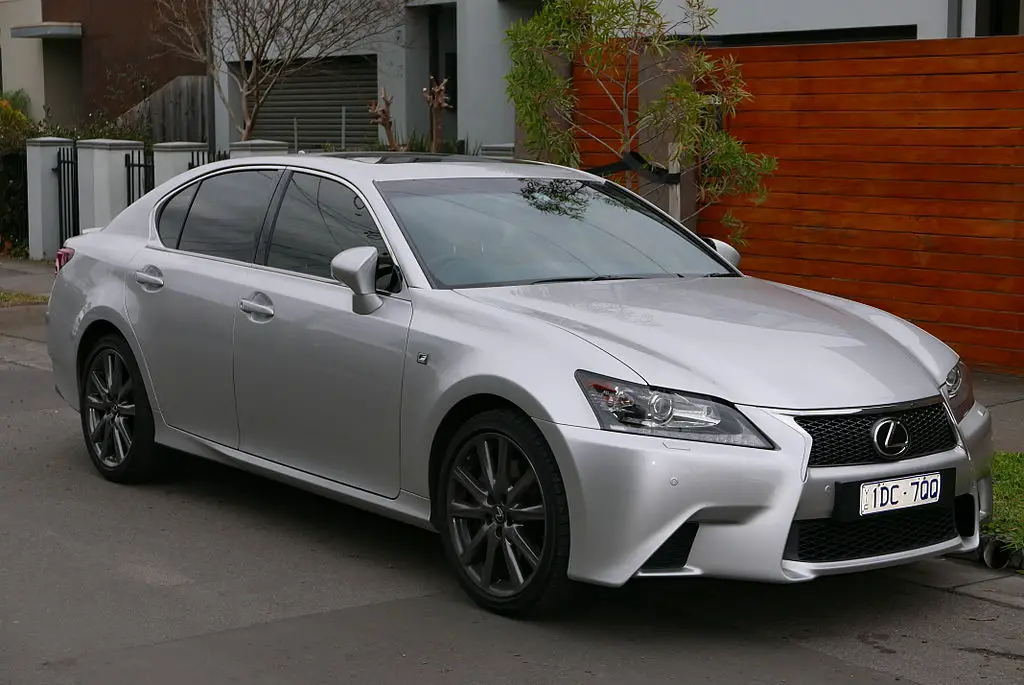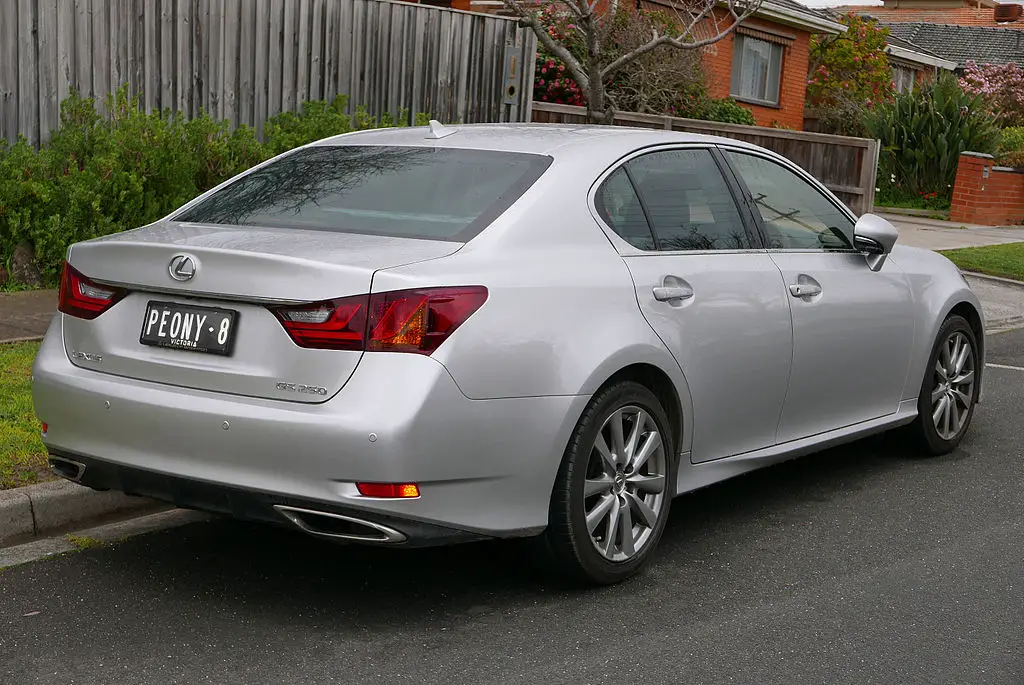| Home / Lexus / Lexus GS Model List without Timing Belt
The Lexus GS is a executive car (E-segment in Europe) manufactured by Lexus, the luxury branch by the Japanese brand Toyota. It was commercially launched in 1991. It was originally called Toyota Aristo, changing its name ti Lexus GS from 1993 onward.
Lexus GS is a performance sedan with five seats. It is half-way between the Lexus IS and the Lexus LS, the latter being considered theflagship model of the brand. The Lexus GS was substituted by the Lexus ES in Europe between 2018 and 2019. Among its competitors there are luxury level cars such as the Volvo S90, the BMW 5 Series, Audi A6 and the Mercedes-Benz E Class. Lexus GS has 4 generations under its belt.
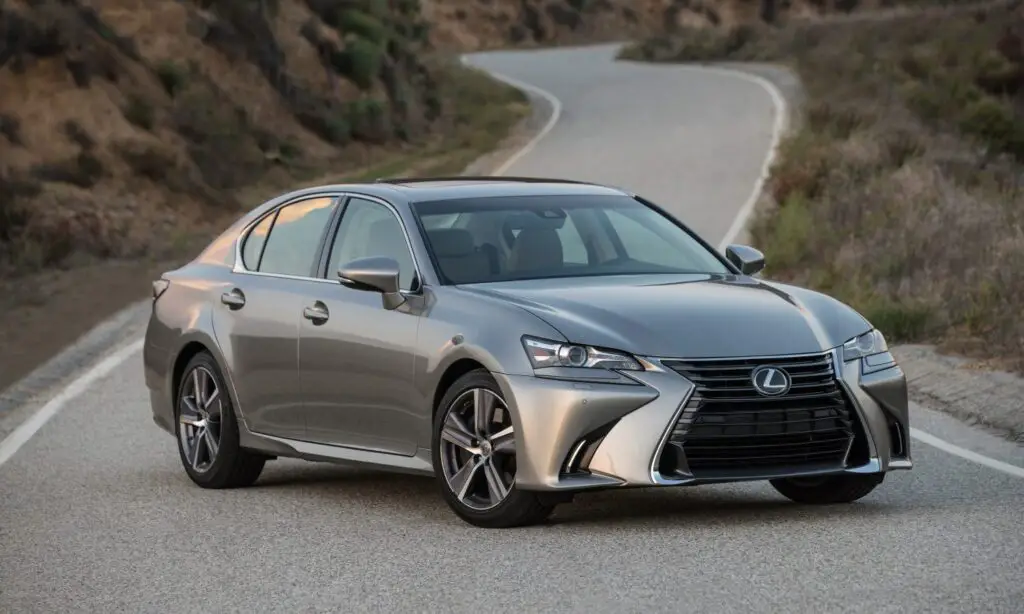
Lexus GS. Timing Chain or Timing Belt?
Down below you will see a list with all Lexus GS models which have been produced so far. They are classified by model identifier, year and type of bodywork. Above each list, we show you a series of pictures so that you can have a visual reference for each model. In some cases, both the original and its updated design are displayed to help you identify them with ease.
In this guide you will find all Lexus GS models.
■ Timing Belt / Cam Belt (Correa / Faja de Distribución)
■ Timing Chain (Cadena de Distribución / Cadena de Tiempo)
■ Gear Driven (Distribución por Engranajes)
■ 100% Electric, No Timing (Sin Distribución)
■ Unknown / Not Updated (Información desconocida)
If a car model is specified in blue, it means its motor engine has a timing chain; that is, it has no timing belt. The rest of the vehicles marked in grey have a timing belt/cam belt.
Índice de Contenidos
Lexus GS I – First Generation (S140) (1991)
Sedan
Diesel Engines
There are no diesel engines in Lexus GS Gen 1.
Petrol Engines
- 2JZ-GE 300 (JZS147_) 212 CV (1993 – 1997)
Lexus GS II – Second Generation (S160) (1997)
Sedan
Diesel Engines
There are no diesel engines in Lexus GS Gen 2.
Petrol Engines
- 2JZ-GE 300 (JZS160_) 219 CV (2000 – 2004)
- 2JZ-GE 300 (JZS160_) 228 CV (1997 – 1999)
- 2JZ-GE 300 (JZS160_) 222 CV (1997 – 2000)
- 1UZ-FE 400 (UZS160_) 294 CV (1997 – 2000)
- 3UZ-FE 430 (UZS161_) 283 CV (2000 – 2004)
Lexus GS III – Third Generation (S190) (2005)
Sedan
Diesel Engines
There are no diesel engines in Lexus GS Gen 3.
Petrol Engines
- 3GR-FSE 300 (GRS190_) 249 CV (2005 – 2011)
- 2GR-FSE 350 (GRS191_) 307 CV (2006 – 2011)
- 2GR-FSE 350 AWD (GRS196_) 307 CV (2006 – 2011)
- 3GR-FE 300 (GRS190_) 231 CV (2005 – 2011)
- 3GR-FSE 300 AWD (GRS195_) 249 CV (2005 – 2006)
- 2GR-FSE 350 (GRS196) 303 CV (2005 – 2012)
- 3UZ-FE 430 (UZS190_) 283 CV (2005 – 2011)
- 3UZ-FE 4.3 VVTi (UZS190_) 300 CV (2005 – 2011)
- 1UR-FSE 460 (UZS190_, URS190_) 347 CV (2007 – 2011)
- 2GR-FSE 450h (GRS191_, GWS191_) 296 CV (2006 – 2011)
- 2GR-FSE 450h (GRS191_) 344 CV (2006 – 2011)
Lexus GS IV – Fourth Generation (L10) (2011)
Sedan
Diesel Engines
There are no diesel engines in Lexus GS Gen 4.
Petrol Engines
- 8AR-FTS 200t (ARL10_) 2.0 245 CV (2015)
- 4GR-FSE 250 (GRL11_) 2.5 209 CV (2012)
- 2GR-FSE 350 AWD (GRL10_) 3.5 318 CV (2012)
- 8AR-FTS 300 (ARL10_) 241 CV (2017)
- 8AR-FTS 300 (ARL10_) 245 CV (2017)
- 2GR-FSE 350 (GRL10) 311 CV (2012)
- 2GR-FSE 350 (GRL10_) 317 CV (2012)
- 2GR-FSE 350 AWD (GRL15) 317 CV (2012)
- 2UR-GSE F (URL10_) 5.0 477 CV (2015)
- 2AR-FSE 300h (AWL10_, GRL11_) 2.5 181 CV (2013)
- 2AR-FSE 2.5 VVTi Hybrid (AWL10_) 178 CV
- 2GR-FXE 450h (GRL10_, GWL10_) 3.5 292 CV (2012)
- 2GR-FXE 450h (GRL10_, GWL10_) 3.5 295 CV (2012)
- 2GR-FXE 450h 4WD (GWL10_) 3.5 290 CV (2012)
- 2GR-FXE 450h (GWL10) 290 CV (2012)
- 2GR-FXE 450h (GWL10) 341 CV (2018)
